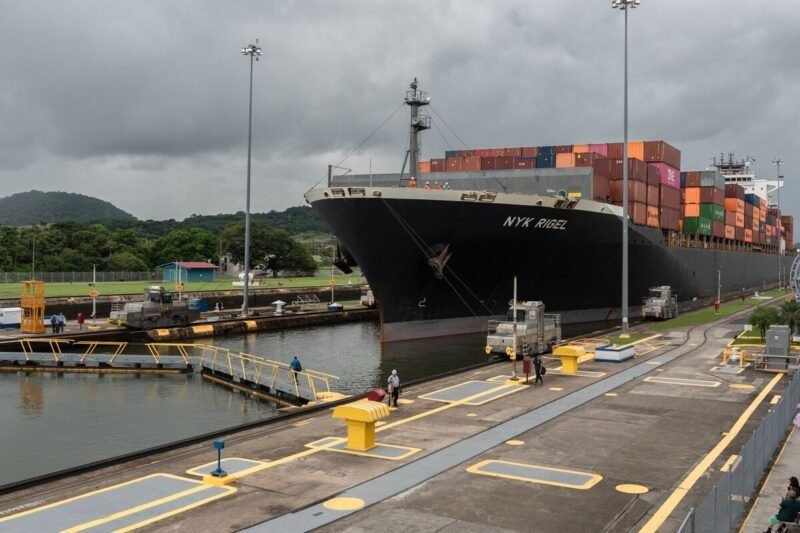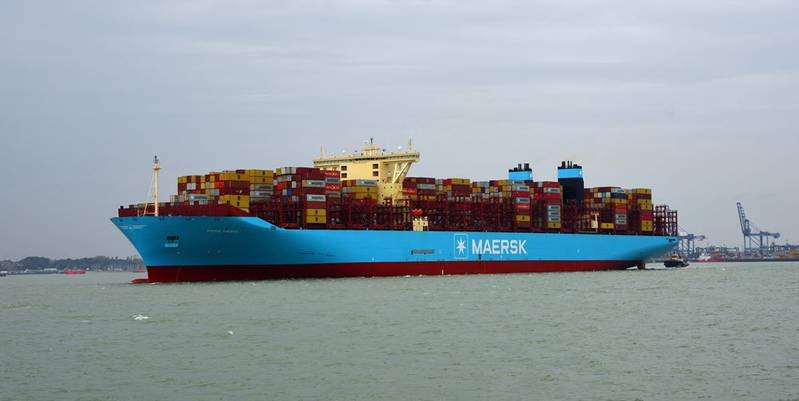Inflation hawks can now breathe a sigh of relief as maritime shipping rates are trending down from a spike in January, easing concerns that rising costs would lead to higher prices for consumer goods worldwide. The fears were fueled by a surge in shipping costs during the pandemic-induced supply chain disruptions, contributing to the inflation bubble that emerged in 2021. Global choke points, such as the Red Sea shipping lane, added to the worries.
Earlier this year, Houthi rebels, backed by Iran, targeted commercial ships in the Red Sea, causing disruptions in the critical shipping lane. The attacks included sinking a cargo ship and killing crew members aboard another vessel. This led to a decrease in the number of vessels passing through the Suez Canal, a key route for ships carrying Asian goods to Europe. The Baltic and International Marine Council reported a 51% drop in traffic through the canal in the first three weeks of March.
Ships have been rerouting around the dangerous Gulf of Aden, which leads to the Red Sea, to avoid the threats posed by the Houthi rebels. The decline in traffic through the Suez Canal has raised concerns about potential disruptions to global trade and supply chains. However, the decreasing maritime shipping rates offer some reassurance to inflation hawks worried about the impact on consumer prices.


















